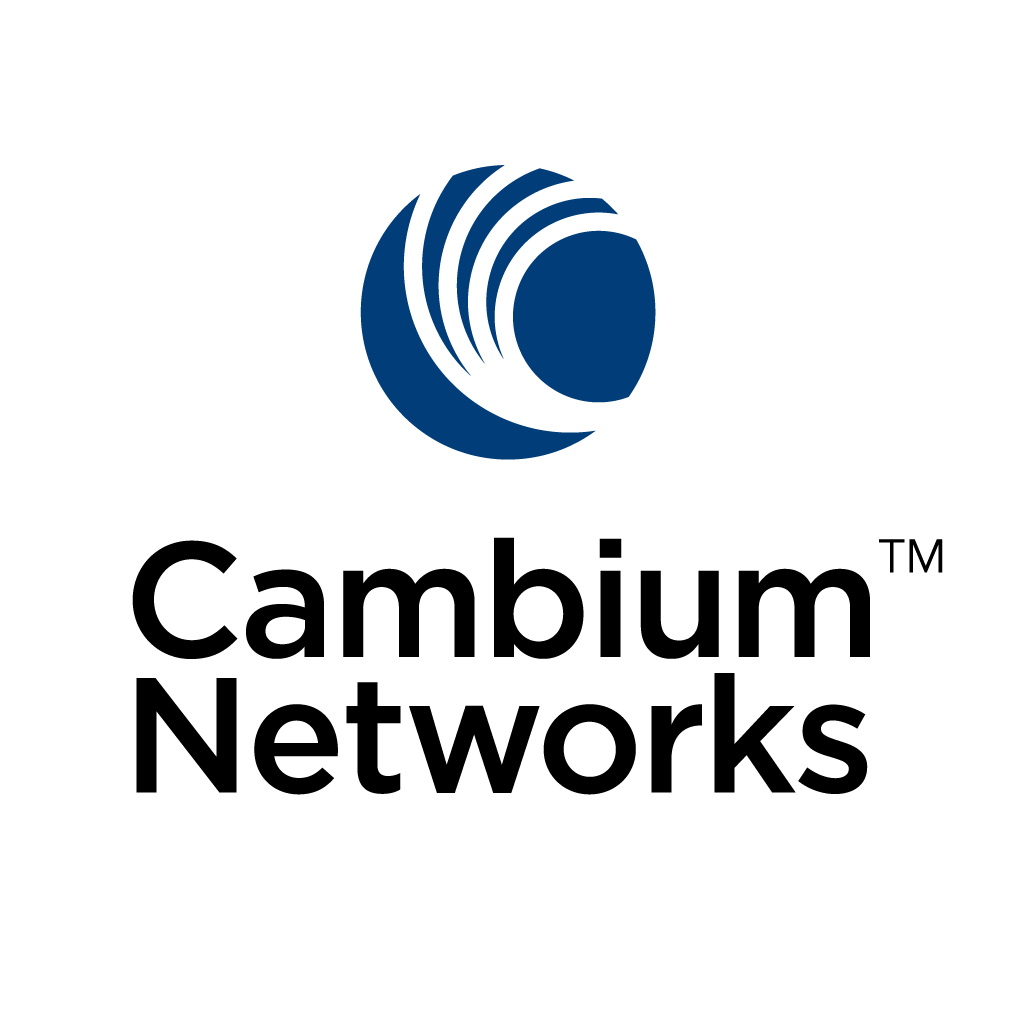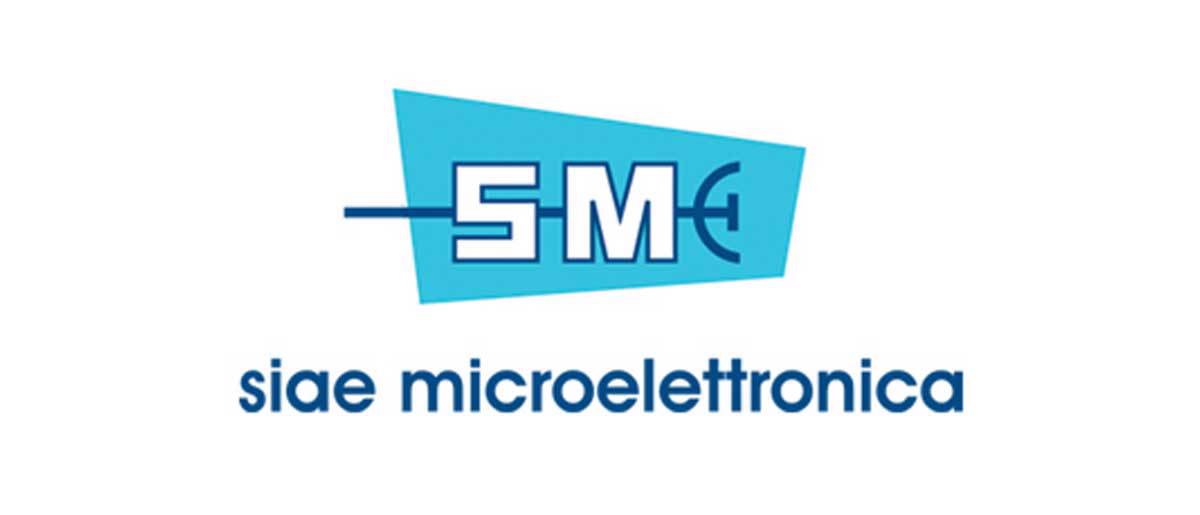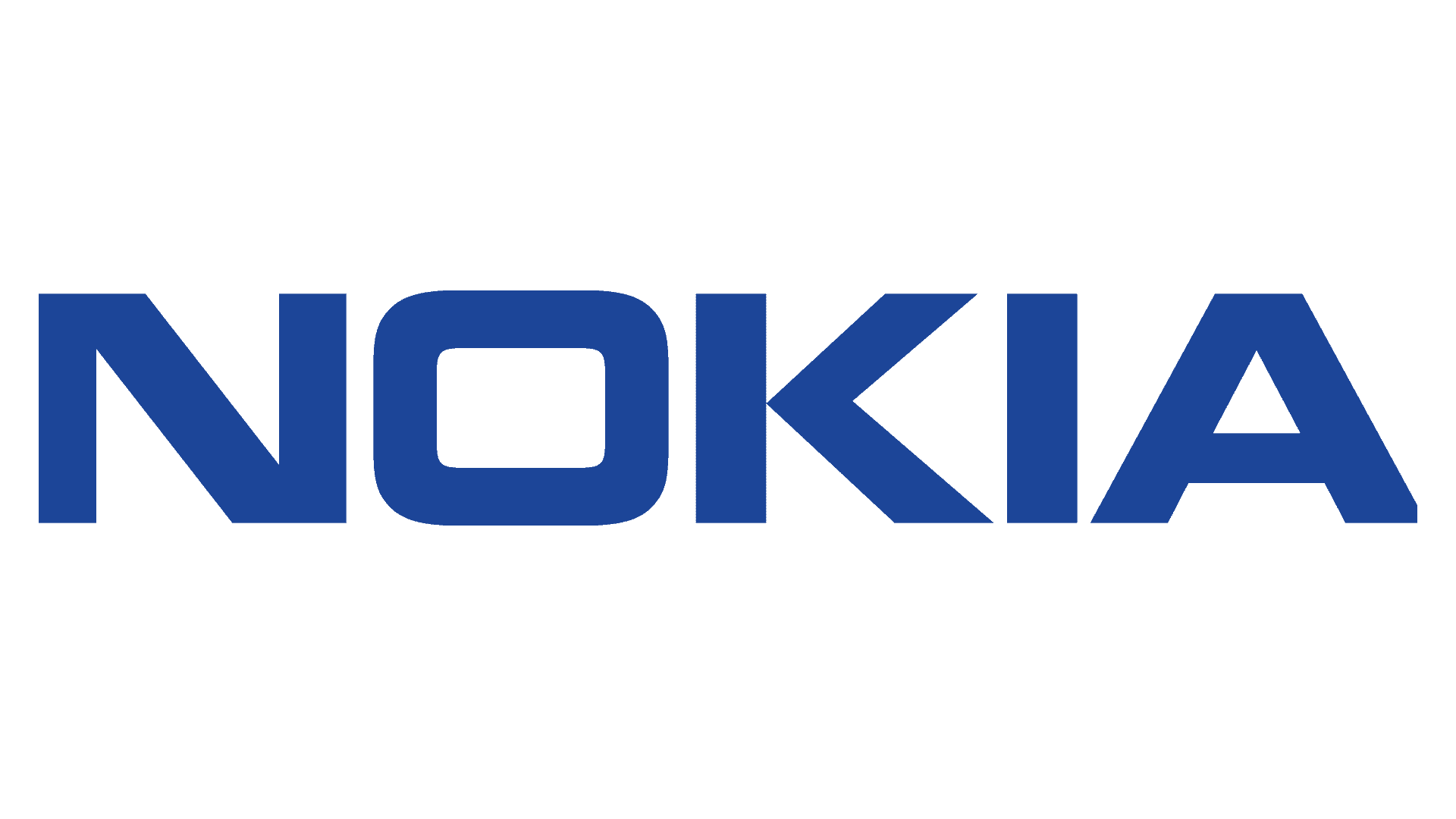By: Al Brown, SmartWAVE Technologies President & CEO
In the modern world, connectivity is a right, not a privilege[1]. As such, more municipalities are investing in public networks to ensure all residents can access fast, affordable, and reliable broadband internet.
Public Networks Help Close the Digital Divide
The digital divide, the gap between families who are able to easily access computers and the internet and those who can’t, is widening, and in a country where an internet connection is becoming increasingly critical, many Americans are getting left behind.
Rural and lower-income Americans are particularly likely to be affected. Many private companies don’t serve rural communities because laying and maintaining cabling over large areas only to serve a small number of households is cost-prohibitive. And even if a fast, reliable internet is available, the cost of maintaining the infrastructure while trying to turn a profit may make even a basic internet plan from a traditional service provider too costly for ordinary families.
Lower-income families, regardless of where they live, are less likely to be able to afford computers and internet access, severely curtailing their ability to apply for jobs online, work remotely, send their children to remote schools, take continuing education courses online, and access critical telehealth services.
President Biden’s American Jobs Plan Aims to Help Close the Digital Divide
President Biden’s American Jobs Plan aims to help close the digital divide by expanding consumer choices beyond traditional service providers.
In many areas, the only way to access the internet is by purchasing an internet package from a service provider. Like most businesses in America, service providers are for-profit companies, so it doesn’t make sense for them to service all markets, particularly in areas where their business models aren’t a good fit for local needs and conditions.
One of the goals of the American Rescue Plan is to expand broadband coverage in areas that are underserved by traditional service providers, because of geographical or financial reasons, by offering cities and counties the funds they need to build their own private networks.
Not only does this initiative aim to expand broadband coverage in underserved areas, but it also gives cities and counties the opportunity to control their own destiny and offer their constituents the connectivity they need to fully participate in modern society.
Access to the internet is access to knowledge. By providing people with the tools needed to apply for jobs, work remotely, or invest in continuing education, many individuals are able to earn higher wages, which they invest in their families and communities. By investing in connectivity for everyone, the entire community will benefit.
Things to Consider When Allocating Federal Funds
CAPEX vs OPEX: Not All Funding is Interchangeable
When municipalities use federal funds to build public networks, there are a few things that need to be considered. For example, some funding can only be used for OPEX (operational expenditures), and some can only be used for CAPEX (capital expenditures), so make sure you read the fine print before you begin planning or signing vendor agreements.
When it comes to building private networks, spending can be divided into two main categories:
- CAPEX refers to the funding required to build the physical infrastructure to support your new private network. These are one-time costs that are accrued upfront and can account for a significant portion of a project’s cost. You need to make sure you (1) have enough funding to cover this initial stage and (2) that those funds will be available to you before work begins. This is critical for ensuring your project stays on schedule.
- OPEX costs are recurring costs, such as network maintenance costs. Depending on the source of your funding and any stipulations tied to it, you may only be able to use funds for CAPEX, not OPEX, so you should consider how you plan to cover these recurring expenses before you begin the planning phase.
End-to-End Service
To keep your network humming along smoothly, you should consider selecting a vendor that offers end-to-end service: from initial design through the deployment and beyond. A true end-to-end vendor will also source and provide all necessary equipment, including hardware, software, and labor, and create any relevant documentation. By selecting a vendor that covers everything, you can better allocate funding because you aren’t cobbling together different solutions from a variety of businesses, an approach that improves efficiency and reduces unnecessary expenses.
Selecting a single vendor also makes it easier to maintain your network once it is deployed: You will already have a technology partner on your side who understands the ins and outs of your solution and can offer both actionable advice and practical assistance in the future.
Service Level Agreements
A service level agreement (SLA) outlines the level of service you can expect from your vendor and also lays out the metrics by which your service is measured, and any remedies or penalties you are owed should the agreed-upon service levels not be achieved or maintained.
Having an SLA is critical for ensuring all parties are on the same page and outlines the obligations of the vendor should something go wrong.
Funding Deadlines
Some funding has strict deadlines, which means that you could lose the funds you already have if you don’t spend them by the specified date. Depending on the funding source, you may also jeopardize your chances of receiving future funding.
Payment Processing
Before you open the municipal coffers, you should make sure you are fully aware of your vendor’s payment process. Depending on the funding and its stipulations, you may not be able to use funds to cover these fees, and these fees may account for a larger portion of your final bill than you anticipated. You can avoid any nasty surprises by making sure you get a detailed breakdown of costs from your vendor before you sign an agreement.
Not Sure How to Access Funding? SmartWAVE & CommScope Can Help!
Many cities and counties are eligible for funding, but too many municipalities don’t know how to access it. To help municipalities like yours access the funding you are entitled to, CommScope set up the CommScope/Ruckus Grants Support program, which provides public sector agencies, educational institutions, and hospitals with grants information, customized funder research, and consultation to help develop project ideas, get technology-rich projects like private networks funded, and expand initiatives that are already in the works.
Top grant recipients include:
- Local governments
- Public safety agencies
- Courts and corrections institutions
- K-12 schools
- Colleges and universities
- Hospitals and regional health organizations
SmartWAVE is proud to partner with companies like CommScope to do our part to help close the digital divide and help families access the tools they need to thrive.
For more information about accessing funding to build a private municipal network, or to get started, please contact our team today.
[1] Link to article: Connectivity is a Right, Not a Privilege: The Powerful Role of Broadband in the Modern World














